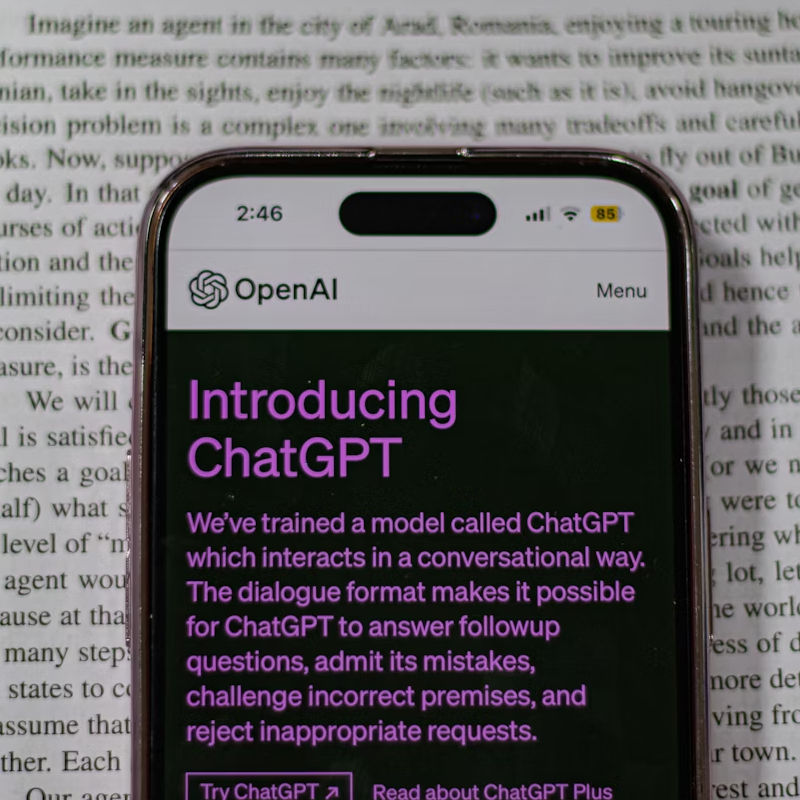Pull yourself away from compelling astronomy and physics exhibits at ScienceWorks Hands-On Museum in Ashland and enter an artistic new space designed to take a fictional journey to find knowledge.
At the end of the museum’s almost-block-long building is the entrance to StoryWorld. Here, adults, but mostly children, many teens, move slowly around the room filled with tall glass cases, each representing steps of a noble challenge: the classic hero’s journey of venturing into the unknown, facing complexities, adjusting the course along the way, and returning home, to share what was learned.
Miniature figures prompt a way to respond at each step. Which super power will you take with you? How will you overcome the threshold guardians who want to prevent change?
It’s heady stuff, but ScienceWorks, like other educational institutions, including Oregon schools, has expanded from promoting a science, technology, engineering and mathematics (STEM) curriculum to STEAM, with the added A for art.
Just as ScienceWorks has a Da Vinci tinkering garage — named after the Renaissance painter, engineer, scientist, theorist, sculptor and architect — storytelling, visual arts and self-reflection have a place here.
HERE IS OREGON: HereisOregon.com | Instagram | YouTube | Facebook | Twitter | TikTok
Research shows that STEAM’s exploratory activities teach innovation, critical thinking and creative approaches to problem solving in an increasingly complex world, according to the Oregon Department of Education.
Scott Beveridge, superintendent of the Southern Oregon Education Service District, sees a clear link between high-quality STEAM activities and Career Technical Education (CTE) programs with improving graduations rates.
The southern Oregon district is part of a statewide network of STEAM Hubs that fund classroom activities as well as after-school programs, summer camps, and robotics and other innovation competitions. ScienceWorks is a partner. Recently, the two organizations brought Hummingbird robots into Rogue Valley classrooms to increase students’ knowledge of computer coding and programming.
Learning is rooted in inquiry and discovery, say experts.
During Friday’s after-school program at ScienceWorks, kids checked out the giant harmonograph that uses pendulums to make Lissajous curves and other geometric forms. They spent time dropping marbles to spin down a black hole and lingered at the NASA-inspired space center. Slowly, they worked their way to the end of the 26,000-square-foot building, stopping at an entrance concealed by leaf-like strands.
Inside, without noticing a sign announcing that they had entered StoryWorld, they instinctively looked at the 10 tall cases, each filled with hundreds of figurines and objects to depict a scene, from a “superhero bootcamp” and “mythic muse marketplace” to a Tempest-like forest and glittery treasure bazaar.
The dioramas were designed to inspire a writing game “about the character you’re playing in your life,” said creator Cynthia Salbato, who is also a ScienceWorks board member. “You can explore different facets of your life, and discover that indeed there is a ‘wizard’ you, a ‘superhero’ you and a ‘mystery-solving detective’ you who likes to learn.”
A hero’s journey theme, woven into literature, films and entertainment, is a basic premise of life, of a person willing to take a journey to achieve what they want, said Salbato. “Getting something new requires us to change,” she said, “and we need to share what we learned.”
The StoryWorld exhibit depicts a year of empowering storytelling, starting in January with a Time Travel Hotel. “It’s the place to meet your past and future self to close out the year that was and plan for the year that’s going to be,” said Salbato. She conceived and assembled the elaborate exhibit with Laura Knapp. Many of the dioramas debuted at Tree House Books in downtown Ashland.
In the February diorama, people look to see which power pet they want to accompany them on their journey. “You enter into the crossroads month and you will need a guide,” explained Salbato. In other dioramas, little doors represent projects coming to completion or planned for the future.
The exhibit that prompts decision making can be used as a planning tool and more. “The stories we tell shape our lives,” Salbato said.
Ashland parent Sarah DeLong was in StoryWorld Friday afternoon, sitting at a table under a golden-fabric canopy with her daughter, Aurora DeLong, who was striking letter keys on an old-fashioned typewriter.
The Ashland Middle School sixth-grader said her math teacher, Brittany Hardy, helps her relate to the story of math, that it’s not an isolated skill but useful everyday.
“But you need more, a social education too,” Aurora said, and creative expression allows you to have fun with friends. “You can’t use math” to soothe a disagreement, she added.
Sarah DeLong, a former management member of Oregon Shakespeare Festival’s costume department, said businesses of all kinds need creative, inventive minds. “Science is an everyday part of work for artisans and craftspeople,” she said. “They have to understand the chemistry of adhesives when building shoes or jewelry, and know engineering and geometry to build complex masks and balancing something giant on top of an actor’s head.”
Everything is connected, she said, and complex problem solving in life requires not just memorization of facts but a faceted and nuanced approach toward learning to make connections.
“The scientific method is about asking questions and looking at the world with curiosity,” said Sarah DeLong. “Storytelling and the arts fit right in.”
Parent Skye Elder, a chef who lives in Talent, has been bringing his children — now age 26, 13, 11 and 7 — to ScienceWorks almost since the nonprofit center opened in 2001 with exhibits built by community volunteers.
Standing with his three younger children in the museum on Friday, he said interactive exhibits that blend oral tradition and storytelling with science are an important natural step to learning. “It makes sense,” he said. “For a generation, kids have been learning here.”
— Janet Eastman | 503-294-4072
jeastman@oregonian.com | @janeteastman
/cloudfront-us-east-1.images.arcpublishing.com/advancelocal/33GYG47YJRB2NL6CJBCGUYWYNY.jpeg)



